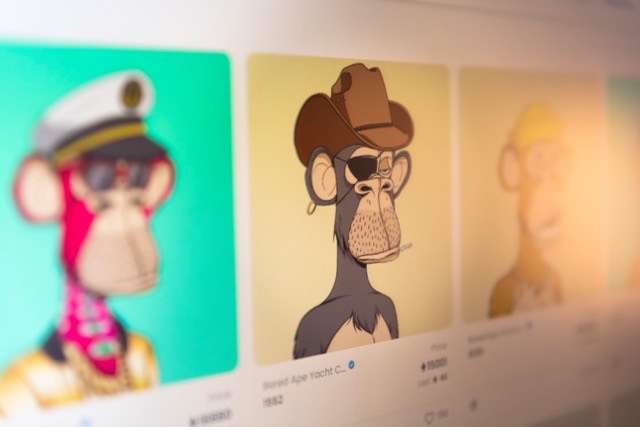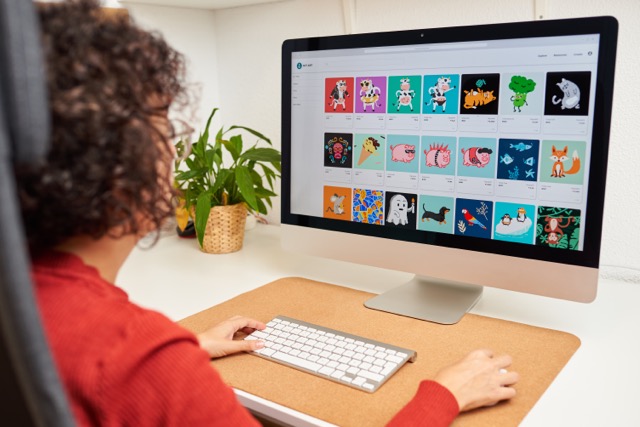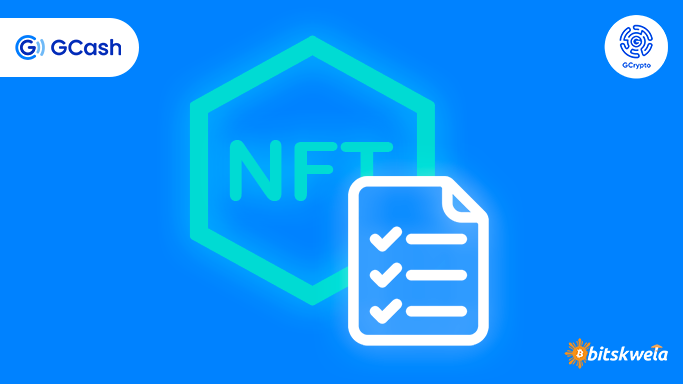How to Evaluate an NFT?
Want to buy an NFT? Here are some green flags to look for when evaluating an NFT project
Key Things to Remember
If you want to buy a certain NFT, take time to analyze the project first.
- Double-check if the founders have verified online identities.
- Check if the project has a clearly defined strategy, roadmap, and whitepaper.
- Make sure the project has a thriving community with healthy engagement.
Are you looking for NFTs to add to your collection? Maybe you’re an art fan who thinks NFTs are a cool way to collect and trade digital art. Or you could be after the specific utilities, like access to exclusive communities and events. Either way, being an NFT collector comes with risks because of the presence of scammers and fake projects. Therefore, it is important to be prudent when choosing a project to purchase.

Here are some green flags to look for when evaluating an NFT project.
1. The founders are “doxxed” or documented on social media.
The project is more likely to be legitimate if the identities of its founders are publicly visible online. Many impersonators and fake accounts exist, so check the date when the accounts were created and the quality of their interactions. Ideally, the founders have previous experience that is related to their NFT project.
2. The project has a clearly defined roadmap and whitepaper.
A legitimate project is fully transparent with the public. The direction of the project should be clearly stated. As a potential buyer, it pays to evaluate the stages of the project and check whether or not the founders have delivered on their promises so far. NFT art collections do not always need whitepapers, but if the project has utility, the features should be clearly explained.
3. The founders give real value to the community.
Most great founders are proactive in the Web3 space and can be seen interacting with or contributing to other projects. They hold webinars, join Twitter spaces, attend in-person events, and collaborate with other builders to educate and empower their members. If the project has partnered with other companies or communities, then it would be good to check if these partners have a good public track record to vouch for the project.
4. The NFT art is legitimate and not plagiarized.
You can check this by doing a reverse image search on Google. Open images.google.com, click “Search by Image,” and upload the image of the NFT art you wish to purchase. If you find many copies online, then the NFT art may have been stolen without copyright. Find out who the artist is and look for online proof that he or she is actually the one creating the art. Besides the art, even the whitepaper and roadmap can be plagiarized directly from another project, so be cautious.
5. The collection is verified on OpenSea or another NFT marketplace.
Although not all collections come with the blue checkmark, when you search for the collection, pick those with the blue checkmark for an added guarantee. For example, on OpenSea, a verification badge means that the person selling the collection has a verified account. To have a verified account, you must have a confirmed email address and links to your social media profiles.
6. Community engagement is of good quality.
A genuine project values its community by trying to answer questions, engaging with its members, and fostering communication and collaboration. If the project only talks about itself and disregards the community, or engagements consist only of several bots retweeting the same spam message repeatedly, this is a clear red flag.

Here are a few tips to keep safe when buying NFTs:
- Use a burner wallet when connecting to a site you do not trust. Connecting your main wallet to a site containing malware may compromise the safety of your account.
- Don’t click on suspicious links, especially those sent to you through private messages. As much as possible, do not entertain direct messages from strangers on Twitter or Discord, even if they are part of the community you join. Check the URL of the website to see if it matches the URL stated on the official social media account of the project.
- If you receive a notification that you won an NFT or are whitelisted for an NFT project you did not sign up for, ignore it. This is probably a scam.
- Beware of unfamiliar NFTs that appear in your collection. If you did not purchase them or receive them from a trusted source, they may be wallet drainers. Once you click on these, they will run malicious software that drains your crypto or steals your NFTs. If you see an NFT you don’t remember buying, don’t interact with it.
- Focus on sustainable projects, and don’t buy the hype. Though it is possible to earn from buying and trading NFTs, trying to get rich overnight without a clear strategy is likely to backfire.
- Study how to analyze the technical aspects of NFTs, such as where they are stored and what type of smart contract was used to create them. This way, you are less likely to run into problems caused by negligence of the creators or malicious code.
Before you click “Buy” on any NFT, it is best to take time to evaluate the founders and the community behind the project. Expose yourself to various communities and observe how they behave so you can learn what works and what to watch out for. When you’re just starting out, limit the amount you spend, and do not let the fear of missing out lead you to buy pieces from expensive collections you don’t know much about.
Above all, do not put money that you are not willing to lose. Better proceed with caution than make hasty decisions you will regret afterward.

Powered by Bitskwela
Got more questions about Crypto and NFTs?
Check out our GCrypto Learning Hub to learn more!




